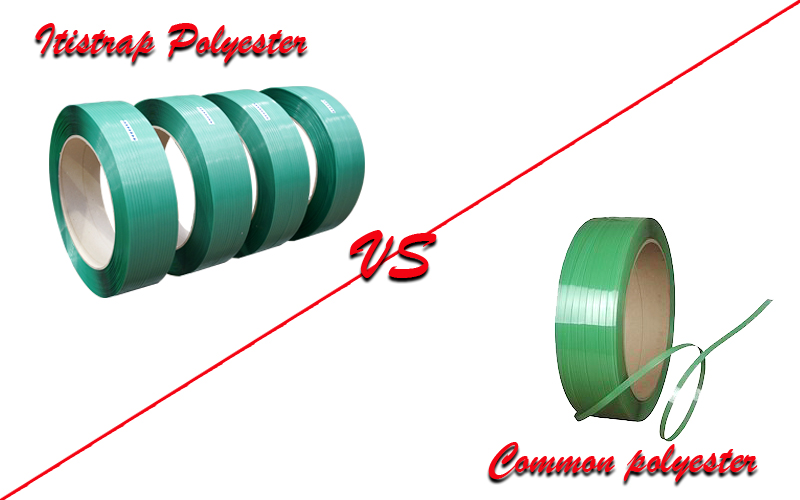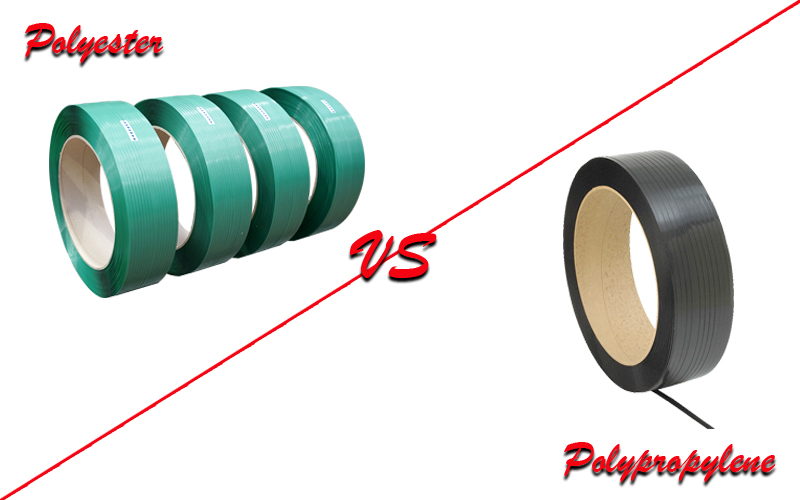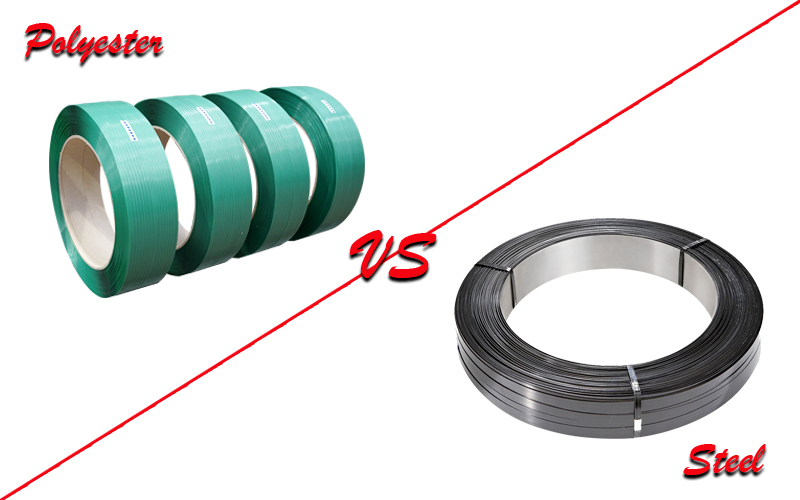
Differences of materials
The world of packaging is wide and various sectors are involved; as a consequence, the companies face several obstacles, trying to find the proper solution for their products.
ITISTRAP provides different types of straps, in order to satisfy always the requirements coming from the market.
Nevertheless, it is better to make a clear distinction among the assorted strap’s materials, in this way, the customer can make the right decision to bear the best packaging solution.
The most used materials in strapping systems are polyester, polypropylene, and steel.
Therefore, which are the differences between materials?
Why should a client choose one material rather than another?
May a strap be replaced with an alternative one?
Let’s have a look at all the different materials.
POLYESTER VS POLYPROPYLENE

The main difference between polyester and polypropylene is the tensile strength: polyester can support a tension 25% higher than polypropylene with the same breaking load.
Furthermore, it can sustain a better tightness, in particular with rigid packages.
In order to obtain the best results, it is important to adjust the strapping head, as the polyester strap requires a higher temperature and a shorter time in the welding process compared to the polypropylene strap.
Here you can find a resume with all advantages that this material offers:
- Anti-split
- Joint elasticity
- Greater temperatures resistance: PP = -10°C + 50°C; PET= -20°C + 80°C
- High resistance to UV rays and solar exposure
POLYESTER VS STEEL

In order to get the same result of steel straps in terms of strength, it is necessary to use larger sizes of polyester straps (for example 19-25-32 mm); this is because polyester naturally reaches a lower tensile strength.
However, the polyester strap offers numerous advantages compared to the steel strap:
- Less dangerous regarding work safety
- 100% recyclable
- Lighter, with equal meters/coils of the steel strap; this is translated as cheaper transport
- Polyester has a higher elasticity, which means a better packaging stability
- High resistance to acid and electrolytic corrosion
- No danger of oxidation, rust, and damage to packages
ITISTRAP POLYESTER VS COMMON POLYESTER

ITISTRAP polyester strap is produced starting from regenerated PET recycled material but ensuring the same or better performance compared to the virgin material.
The regenerating process and the additives used guarantee excellent quality characteristics, such as:
- High breaking strength
- High splitting resistance
- High joint efficiency: up to 80-100%
- Polyester has a higher elasticity, which means a better packaging stability
- Limited camber and curvature: this is in order to pass easily through the machine channels
- During the sealing process, less PET powder trace remains on the strapping head
- Little loss of strap tension around the pallet after the strapping process
For any further information do not hesitate and CONTACT US

